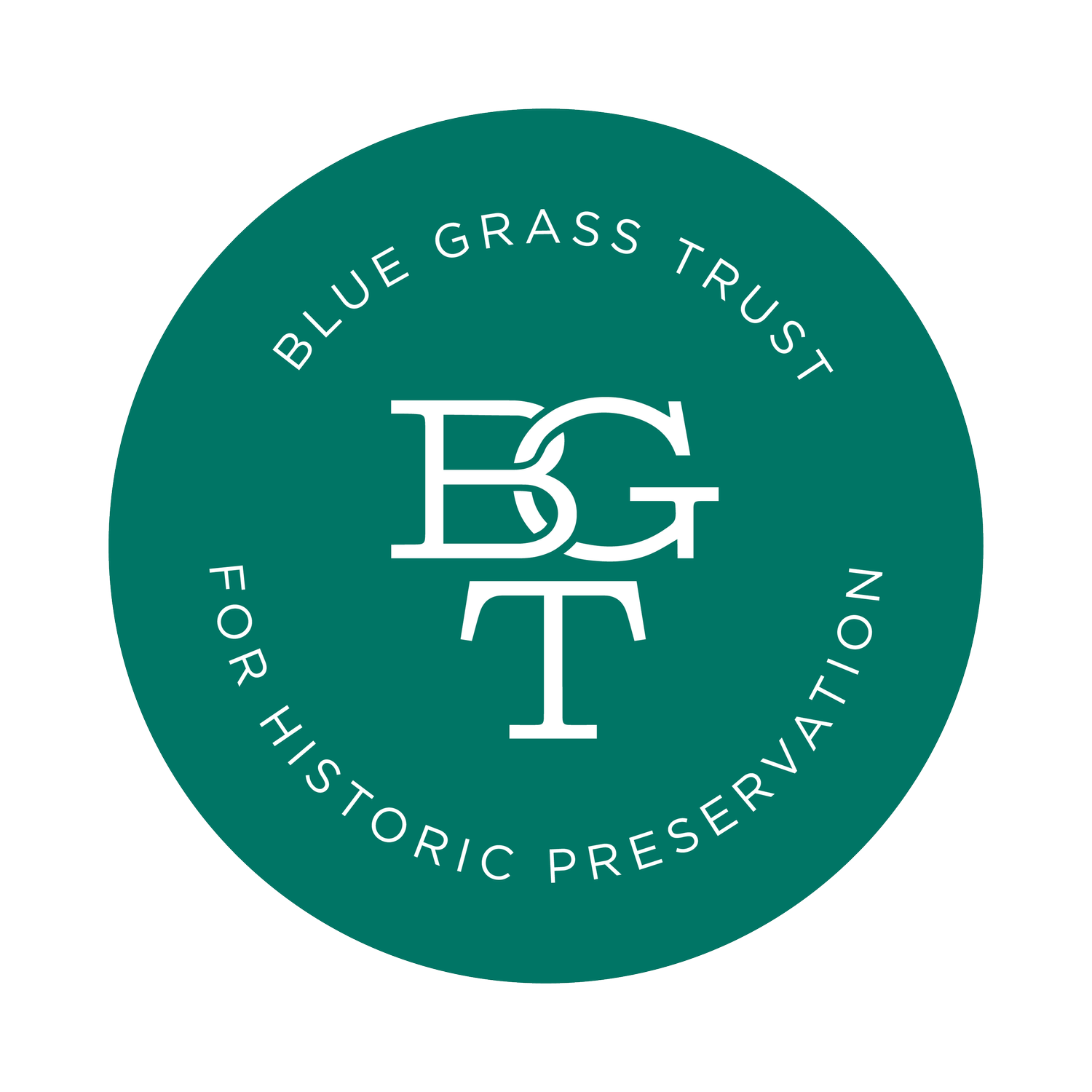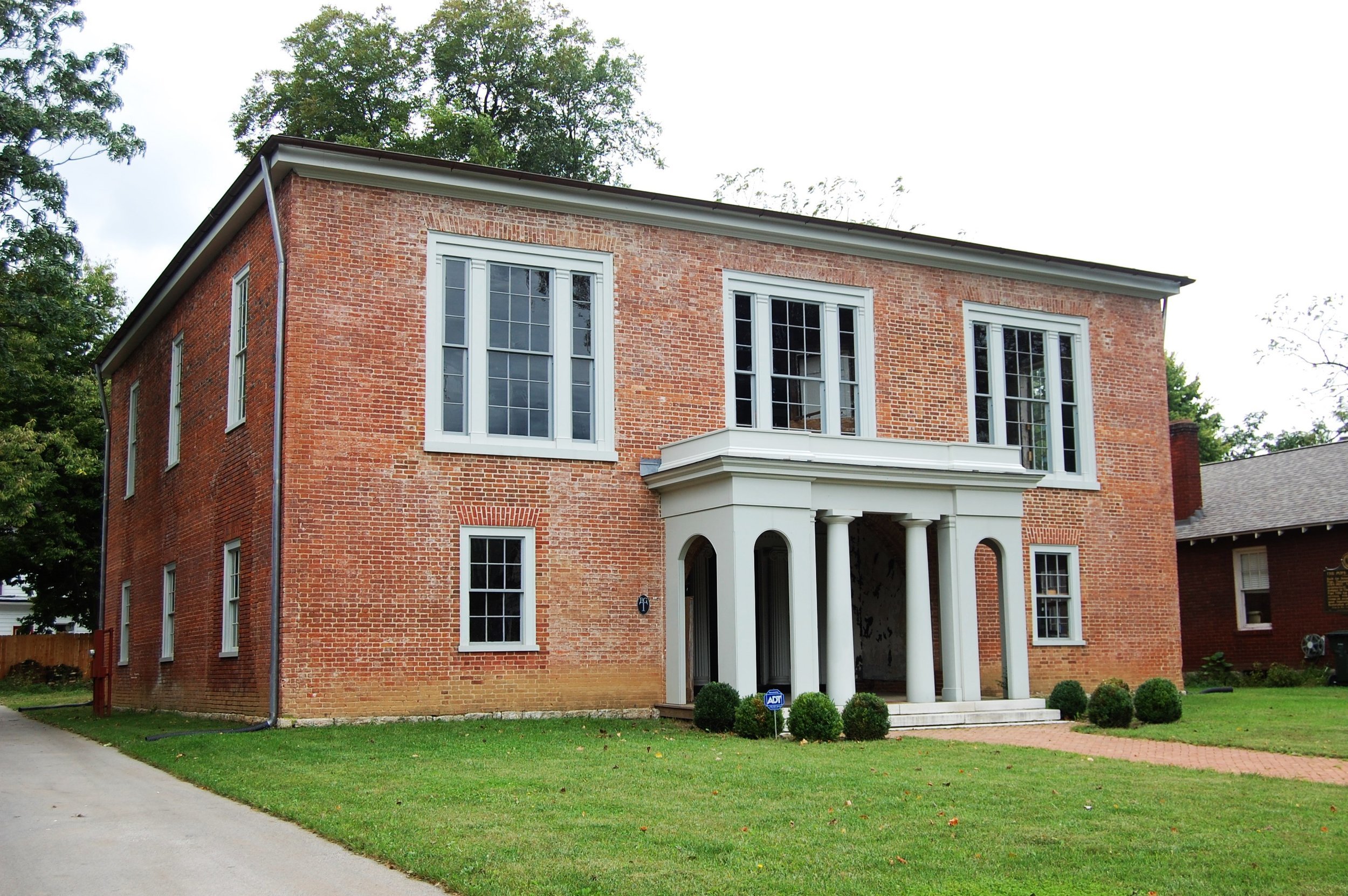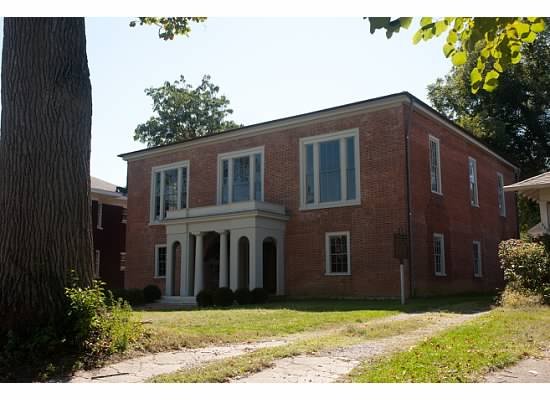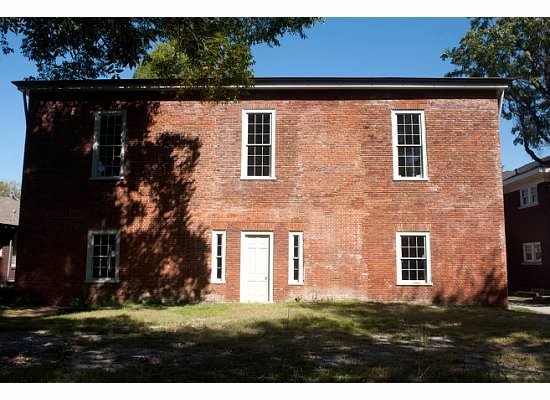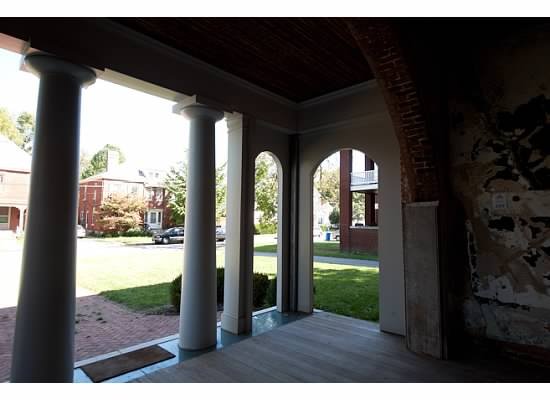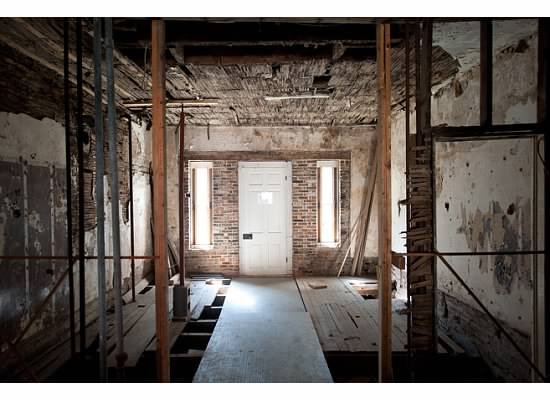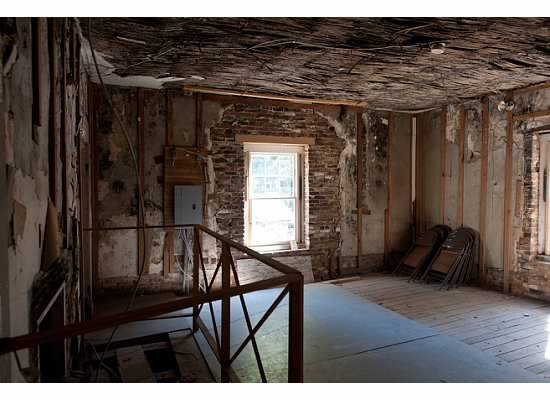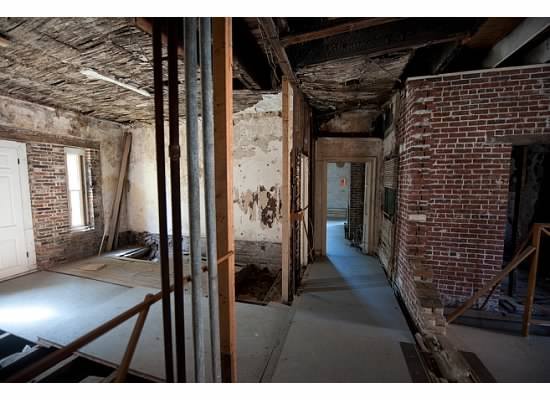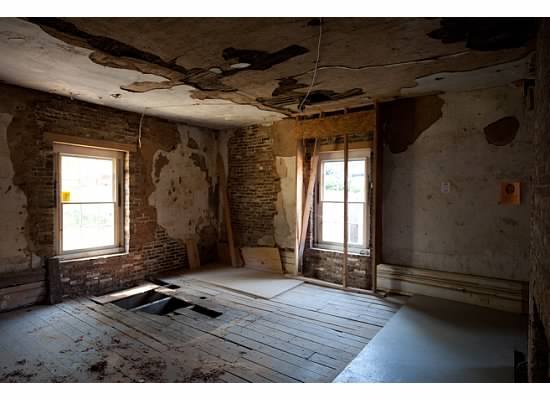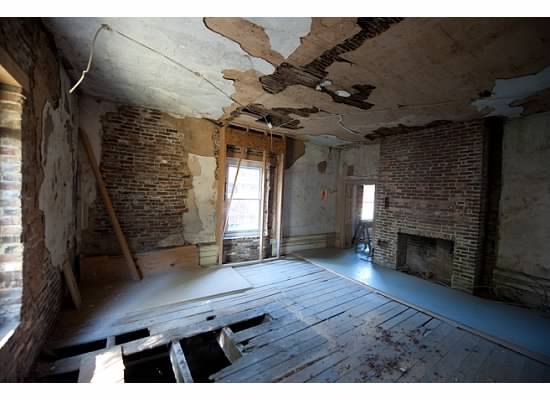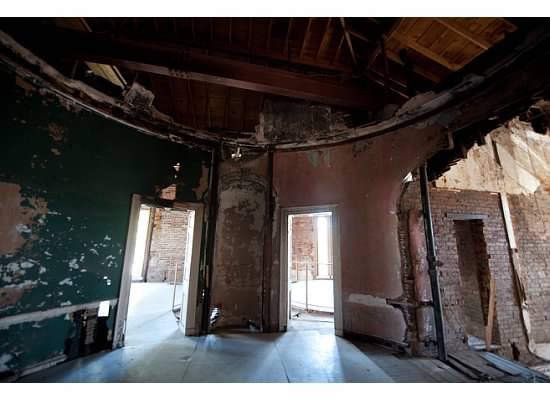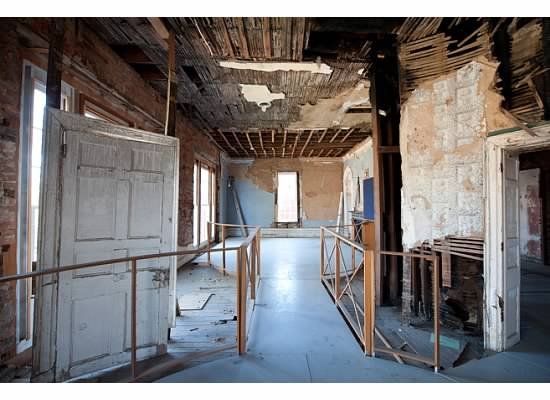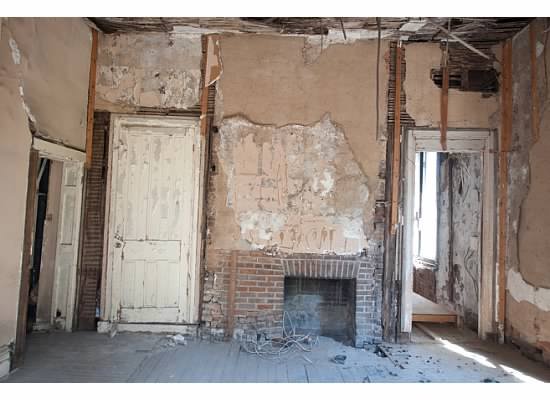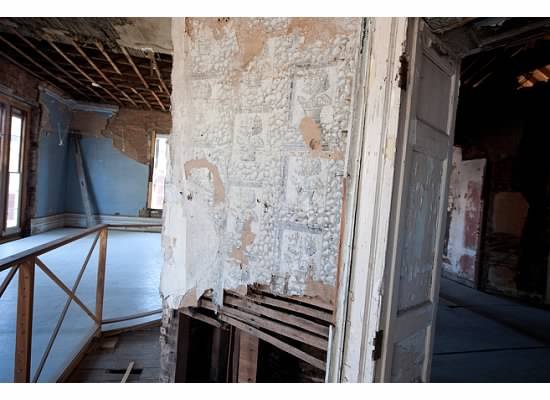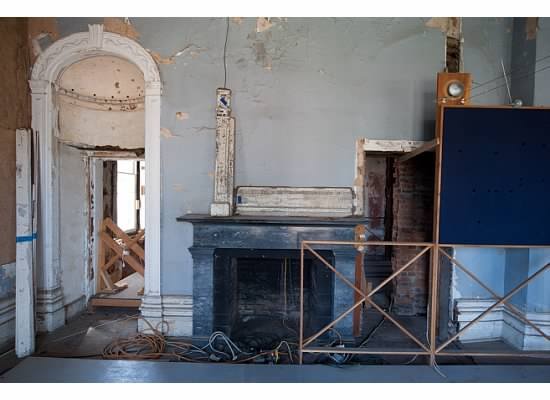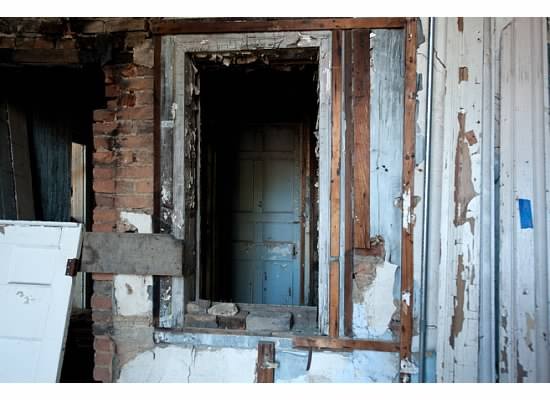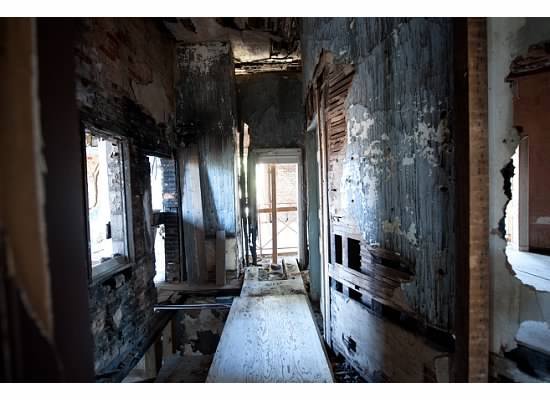Tours of Latrobe's Pope Villa at 326 Grosvenor Avenue in Lexington are available by appointment only Monday - Friday during normal business hours by calling the Blue Grass Trust at (859) 253-0362 or by email at info@bluegrasstrust.org
$10 per person
In 1810-11, architect Benjamin Henry Latrobe designed for Senator John and Eliza Pope an exceptional suburban villa in Lexington, Kentucky. Latrobe met the Popes in Washington during Pope’s U.S. Senate term (1807-1813). Pope, a Kentucky lawyer and politician and later a territorial governor of Arkansas, worked closely with Latrobe on a proposal for vast internal improvements of western America, including highways, bridges, and canals. Eliza Pope, a sophisticated client who participated with Latrobe in the design of the house, spent her youth in London and was the sister-in-law of John Quincy Adams.
Born and trained in England, Latrobe emigrated to the United States in 1795 and became one of America’s first professional architects. In 1803, President Thomas Jefferson appointed Latrobe surveyor of public buildings, responsible for the continuing design and construction of the White House and the U.S. Capitol. The most talented designer of the new republic, Latrobe developed an American neoclassical architecture of elegantly austere exteriors which contained interiors rich in variety and event.
The Pope Villa is Latrobe’s best surviving domestic design. Its plan is unique in American residential architecture: a perfect square, with a domed, circular rotunda in the center of the second story. Latrobe drew inspiration from 16th century Italian architect Andrea Palladio, but unlike Palladio’s villas, the cubic mass of the Pope Villa conceals within itself a surprising sequence of rectilinear and curvilinear rooms, dramatically splashed with light and shadow. Latrobe called these interior effects “scenery;” they reflect his reliance on the compositional principles of 18th century Picturesque landscape design. Latrobe’s fusion of classical sources and Picturesque theory places the Pope Villa among the most important buildings of Federal America.
